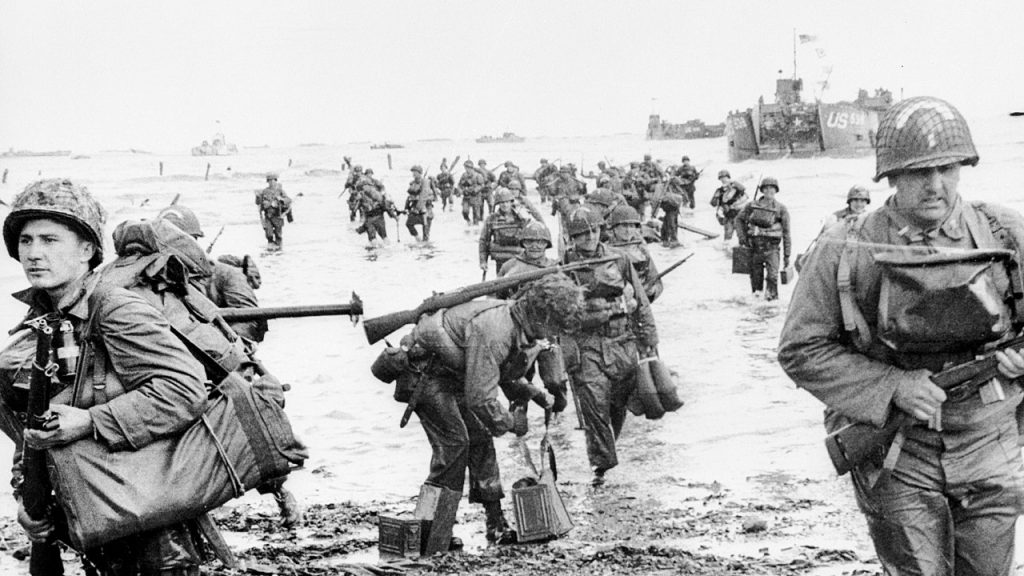On this day in history, June 6, 1944 marked the beginning of the D-Day operation, which was the largest amphibious invasion in military history. The operation, codenamed OVERLORD, brought together land, air, and sea forces of the Allied armies on the beaches of Normandy, France. The invasion force included 7,000 ships and landing craft manned by over 195,000 naval personnel and almost 133,000 troops from various Allied countries. The buildup to D-Day was highly coordinated, with General Dwight D. Eisenhower serving as supreme commander of the operation that involved 12 nations.
The invasion was conducted in two main phases: an airborne assault and amphibious landings. Over 18,000 Allied paratroopers were dropped into the invasion area shortly after midnight on June 6 to provide tactical support for infantry divisions on the beaches. Allied air forces flew over 14,000 sorties in support of the landings, having secured air supremacy prior to the invasion. The Allies faced challenges in mounting a successful landing, including unpredictable weather in the English Channel and the heavily fortified Atlantic Wall constructed by the Germans along the coast.
The amphibious invasions began at 6:30 a.m. on June 6, with approximately 156,000 Allied troops successfully storming Normandy’s beaches by the end of the day. Despite heavy resistance and casualties, the British, Canadians, and Americans were able to secure the beaches codenamed Gold, Juno, Sword, and Utah. U.S. forces faced especially intense resistance at Omaha Beach, where over 2,000 American casualties occurred. By nightfall on D-Day, Allied forces had breached the German defenses on all five beachheads, marking the beginning of the end for Hitler’s Atlantic Wall.
Less than a week after D-Day, the beaches were fully secured and over 326,000 troops, along with vehicles and equipment, had landed at Normandy. By the end of June, over 850,000 men, 148,000 vehicles, and 570,000 tons of supplies had landed on the Normandy shores. The defeat of German Nazi forces on both the western and eastern fronts led to the liberation of Paris in August 1944, and Germany’s unconditional surrender on May 7, 1945. General Dwight Eisenhower accepted Germany’s surrender, officially ending the war in Europe by May 8, 1945.
The D-Day invasion of June 6, 1944 remains a significant event in history, symbolizing the collective efforts of Allied forces in defeating German forces during World War II. The bravery and sacrifices made by soldiers, sailors, and airmen from various nations played a crucial role in the eventual victory over the Axis powers. The successful execution of the D-Day operation paved the way for the liberation of Europe and the eventual defeat of Germany, marking the end of the largest conflict in human history.


